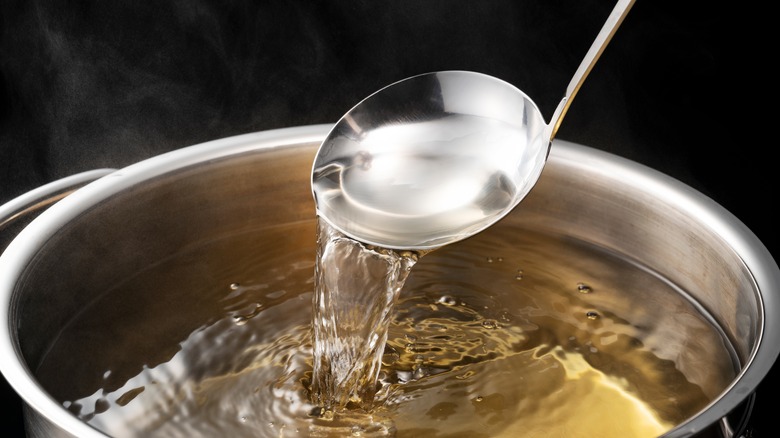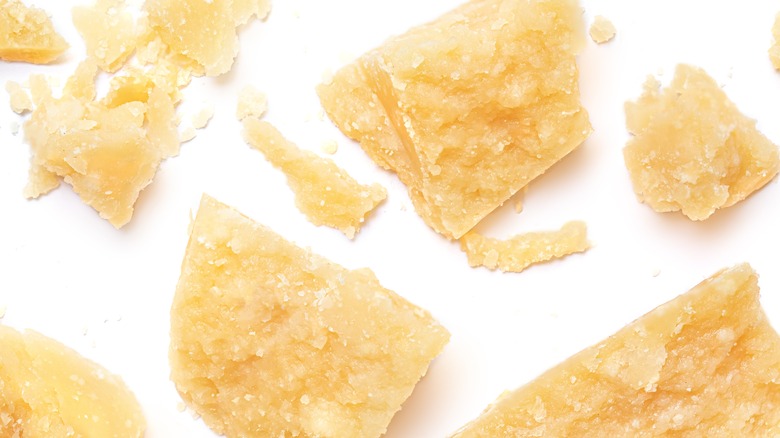What Is The Taste Perception, Kokumi?
Eating food is not merely a way to provide fuel and nourishment for our bodies; it is a varied sensorial experience due to the taste receptor cells and buds on our tongues and epiglottis reacting chemically with whatever substances we put in our mouths (per ScienceDirect). And these sensations we experience are so powerful that often food can impact our emotions. A pleasurable sensation can turn into a fond memory, like the sweet ice cream cones of our youth, while an unpleasant memory of a bitter vegetable or burning hot pepper can cause real tears of pain.
It's generally accepted that humans have receptors to detect five different kinds of tastes: salty, sweet, sour, bitter, and savory. Umami is a recent addition to the taste palate, which is a glutamic acid that was discovered in 1908, as reported by Healthline. However, there is another new taste perception that's being researched: kokumi, a new taste perception that's just one of many layers in what makes taste so complex.
Kokumi, or mouthful thickness
Texture can play a role in how the taste of food is perceived, though this is largely shaped by our own experiences with food and our learned expectations, according to Epicurious. Our texture associations are so strong that even visual perception of texture can impact taste; something that merely looks fluffy may taste sweeter and something that appears to be crunchy is associated with saltiness (per ScienceDirect). Texture is the combination of receptors responding to temperature, touch, pressure, and pain, culminating in a "mouthfeel," according to Food Unfolde
Kokumi, which some describe as the sixth flavor following umami, is a "sensation that makes things taste better," per Chef's Apprentice, and even adds a buttery dimension that makes it crave-able. Since the 1980s, sciences have been studying kokumi, which translates roughly from Japanese as "rich taste". This taste sensation, which has been named for only the past 40 years or so, exists in foods like cheese, garlic, and wine, per the Kerry Health and Nutrition Institute. While kokumi is similar to umami in flavor, it is more of a supporting actor in the savory and rich umami show. Kokumi peptides make the umami flavor shine by enhancing its mouthfeel, and they appear the longer food stews, cooks, ages, or ferments.
Per Delicious, kokumi can be found naturally in alcohol, soy sauce, fish sauce, bread, chicken soup, and shrimp paste — and like umami, kokumi peptides have been lab isolated and are available to sprinkle on other foods as one would with MSG. If you're looking to test out the kokumi taste, all you need to do is to let a soup simmer for much longer than you usually would (per Ajinomoto), for a deeper, more complex, kokumi taste.

